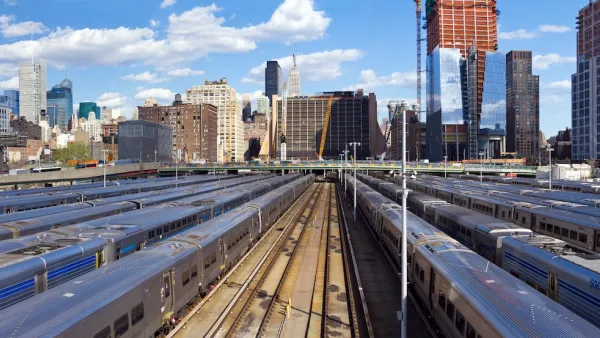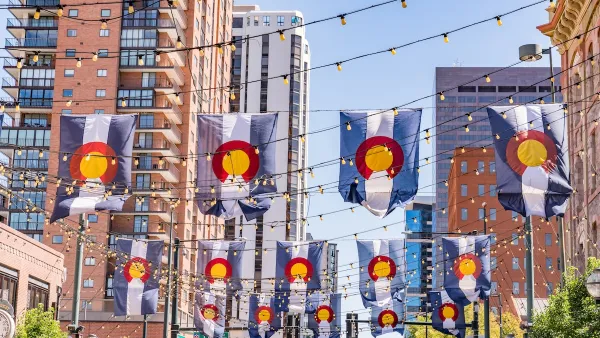Much of the existing literature on Gentrification looks at what happens to residents as places change. Two authors are focusing their attention on commercial uses to better understand the interrelationship between retail and changing neighborhoods.
Nate Berg profiles the work of Rachel Meltzer, assistant professor at the New School, and Jenny Schuetz, an assistant professor at the University of Southern California, who have published several studies intent on exploring the less understood causes and results of Gentrification.
Comparing the mix of retail choices available in affluent and impoverished areas, "It's not just about the number of establishments that are there, but how big are they, what do they look like, what products are they providing," Meltzer says. "It's about a package of services that you get in the neighborhood."
"What's included in that package may make one neighborhood more attractive to a certain type of person, or a certain type of person may make elements of that retail package seem to business owners like viable options in those neighborhoods. Which (and if) one drives the other isn't clear, and may never be."
FULL STORY: Why Do Some Neighborhoods Get Overrun With Chain Stores, While Others Don't?

National Parks Layoffs Will Cause Communities to Lose Billions
Thousands of essential park workers were laid off this week, just before the busy spring break season.

Retro-silient?: America’s First “Eco-burb,” The Woodlands Turns 50
A master-planned community north of Houston offers lessons on green infrastructure and resilient design, but falls short of its founder’s lofty affordability and walkability goals.

Delivering for America Plan Will Downgrade Mail Service in at Least 49.5 Percent of Zip Codes
Republican and Democrat lawmakers criticize the plan for its disproportionate negative impact on rural communities.

Test News Post 1
This is a summary

Test News Headline 46
Test for the image on the front page.

Balancing Bombs and Butterflies: How the National Guard Protects a Rare Species
The National Guard at Fort Indiantown Gap uses GIS technology and land management strategies to balance military training with conservation efforts, ensuring the survival of the rare eastern regal fritillary butterfly.
Urban Design for Planners 1: Software Tools
This six-course series explores essential urban design concepts using open source software and equips planners with the tools they need to participate fully in the urban design process.
Planning for Universal Design
Learn the tools for implementing Universal Design in planning regulations.
EMC Planning Group, Inc.
Planetizen
Planetizen
Mpact (formerly Rail~Volution)
Great Falls Development Authority, Inc.
HUDs Office of Policy Development and Research
NYU Wagner Graduate School of Public Service





























